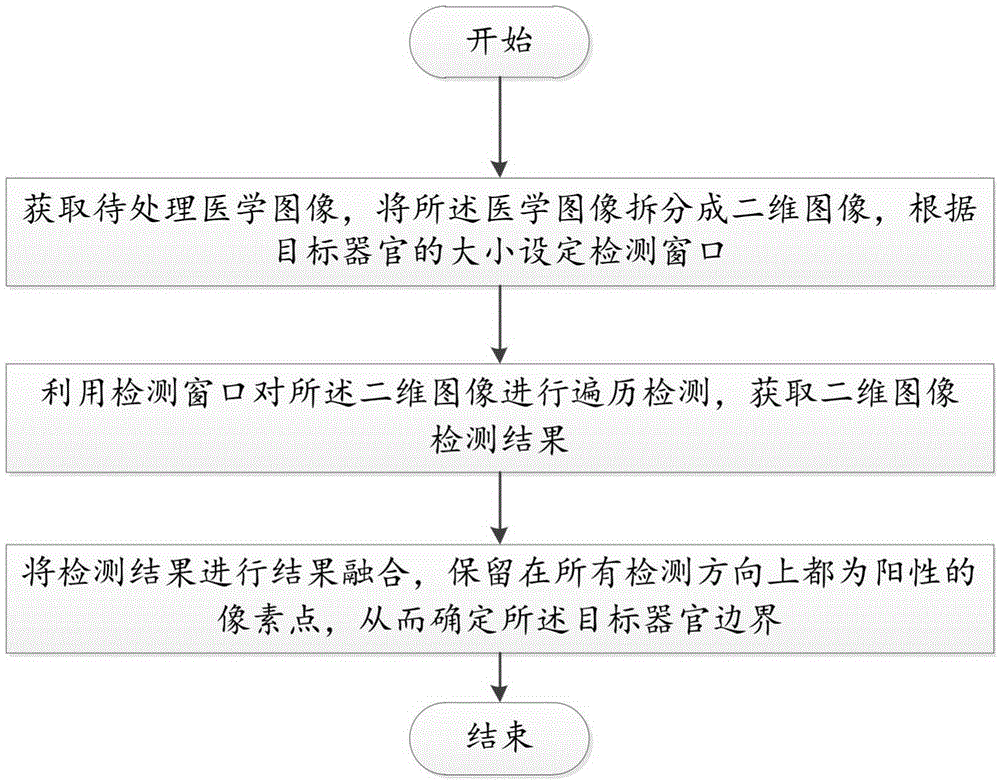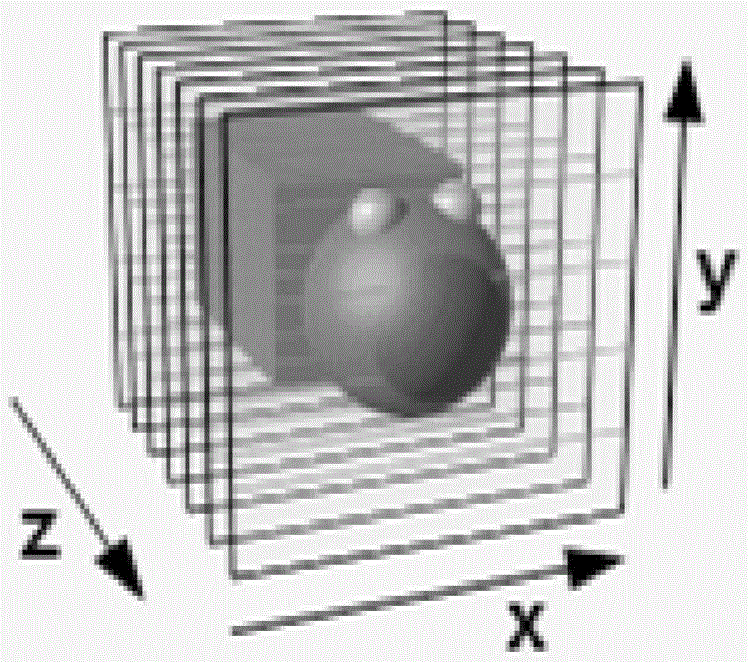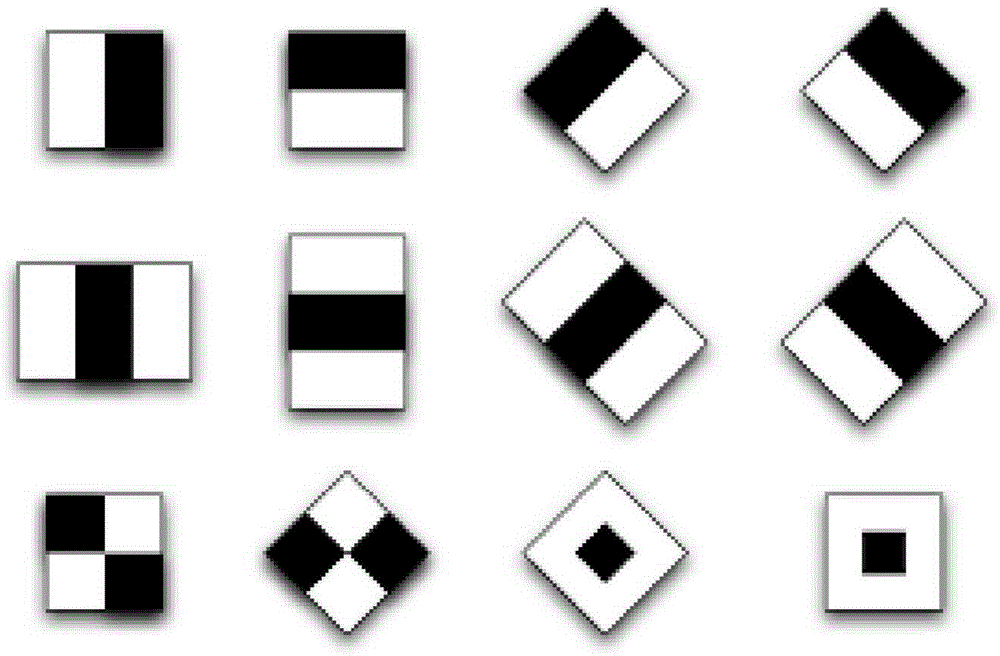Medical image organ recognition method and segmentation method
A medical image and recognition method technology, which is applied in the field of organ recognition and segmentation in medical images, can solve the problems of repeated calculation and large amount of calculation, recognition errors, and a large number of Haar features, and achieve strong self-adaptability and removal Boundary noise, the effect of improving recognition efficiency
- Summary
- Abstract
- Description
- Claims
- Application Information
AI Technical Summary
Problems solved by technology
Method used
Image
Examples
Embodiment Construction
[0046] In order to make the above objects, features and advantages of the present invention more obvious and comprehensible, specific implementations of the present invention will be described in detail below in conjunction with the accompanying drawings and embodiments.
[0047] In clinical diagnosis, medical images play an important role. Medical image segmentation is the first stage of medical image data analysis and visualization. The first prerequisites and key steps. Accurately judging the position of human body organs in medical images before medical image segmentation plays an important role in improving the accuracy of segmentation. Such as figure 1 Shown is a flow chart of the method for identifying organs in medical images according to the present invention, which mainly includes the following steps:
[0048] S10. Acquire a medical image to be processed, split the medical image into several two-dimensional images in X, Y, and Z axis directions, and set a detection...
PUM
 Login to View More
Login to View More Abstract
Description
Claims
Application Information
 Login to View More
Login to View More - R&D
- Intellectual Property
- Life Sciences
- Materials
- Tech Scout
- Unparalleled Data Quality
- Higher Quality Content
- 60% Fewer Hallucinations
Browse by: Latest US Patents, China's latest patents, Technical Efficacy Thesaurus, Application Domain, Technology Topic, Popular Technical Reports.
© 2025 PatSnap. All rights reserved.Legal|Privacy policy|Modern Slavery Act Transparency Statement|Sitemap|About US| Contact US: help@patsnap.com



